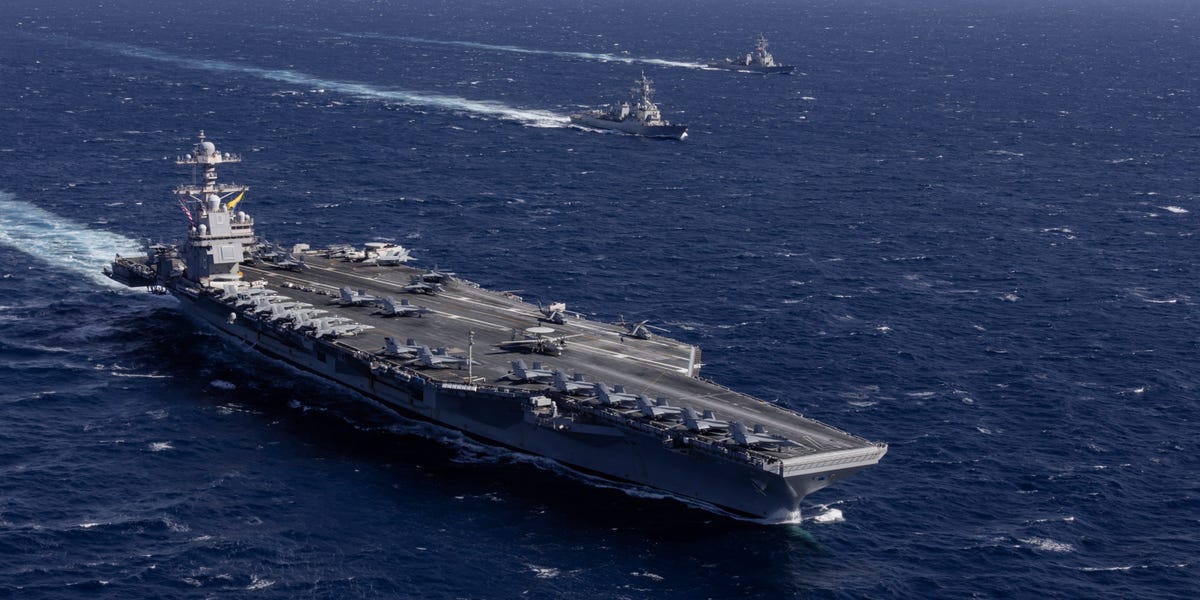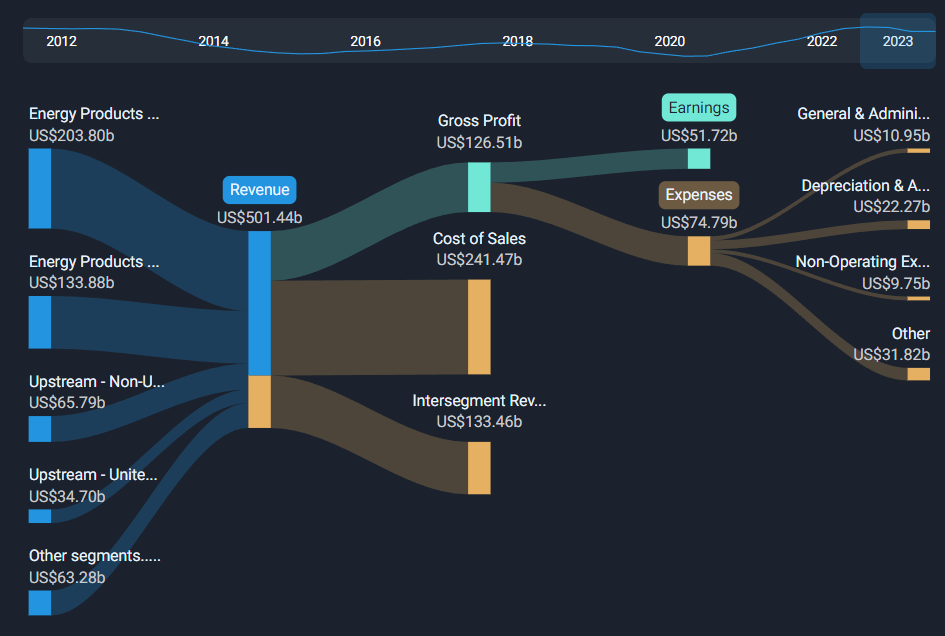Carrier Crisis: Shipbuilders Sound Alarm on Navy's Risky Delay
Business
2025-03-27 19:19:49Content

The uncertainty surrounding the construction timeline of the USS William J. Clinton (CVN 82) is casting a long shadow of concern across the naval shipbuilding industry. Without a clear start date for this critical aircraft carrier project, thousands of suppliers are growing increasingly anxious about the potential disruption to their production schedules.
Manufacturers and component suppliers who have been integral to previous aircraft carrier programs are now facing a nerve-wracking period of limbo. The lack of a definitive launch timeline threatens to create significant economic ripple effects, potentially forcing companies to idle production lines, furlough workers, and reassess their long-term strategic planning.
The maritime defense sector relies on precise scheduling and consistent workflow, and the ambiguity surrounding CVN 82 is testing the resilience of an intricate supply chain network. Suppliers who have invested heavily in specialized equipment and trained workforce are particularly vulnerable to the project's uncertain status.
As the naval community and defense contractors await concrete information, the economic implications continue to mount. The USS William J. Clinton represents more than just a naval vessel; it's a complex ecosystem of technological innovation, industrial capability, and national defense preparedness.
Naval Procurement Paralysis: The Looming Crisis in US Shipbuilding Supply Chains
In the intricate world of naval engineering and defense procurement, a silent storm is brewing that threatens to disrupt the delicate ecosystem of maritime manufacturing. The absence of a definitive start date for the USS William J. Clinton (CVN 82) is sending shockwaves through an interconnected network of suppliers, potentially jeopardizing years of strategic planning and industrial preparation.Defense Industry Faces Unprecedented Uncertainty in Carrier Construction Timeline
The Ripple Effect of Procurement Uncertainty
The naval shipbuilding landscape is experiencing a profound transformation, with thousands of specialized suppliers facing an existential challenge. Without a concrete commencement date for the USS William J. Clinton, manufacturers are confronting the very real possibility of production line interruptions, resource allocation challenges, and potential economic instability. These suppliers, many of whom have developed highly specialized components and technologies specifically tailored for naval vessel construction, now find themselves in a precarious position of strategic limbo. The complexity of naval vessel procurement extends far beyond simple manufacturing. Each component represents years of engineering expertise, precision manufacturing, and substantial capital investment. Suppliers have historically maintained intricate supply chains, specialized workforce training, and sophisticated quality control mechanisms specifically designed to meet the rigorous standards of naval construction.Economic and Strategic Implications of Delayed Naval Procurement
The potential production line disruption represents more than just an industrial inconvenience. It signals a broader systemic challenge within the defense procurement ecosystem. Suppliers who have invested millions in research, development, and specialized manufacturing capabilities now face significant financial uncertainty. The absence of a clear timeline for the CVN 82 project creates a domino effect that could potentially destabilize entire segments of the maritime manufacturing sector. Moreover, this uncertainty undermines the strategic readiness of the United States Navy. Each delayed project represents not just an economic challenge but a potential compromise in national defense capabilities. The intricate supply chains that support naval vessel construction require continuous investment, technological innovation, and workforce maintenance.Technological Innovation and Supply Chain Resilience
The current procurement landscape demands unprecedented adaptability from naval suppliers. Companies must now develop more flexible manufacturing strategies, potentially diversifying their product lines and exploring alternative markets to mitigate the risks associated with prolonged procurement uncertainties. Advanced manufacturing technologies, including artificial intelligence-driven predictive modeling and adaptive production systems, are emerging as critical tools for suppliers navigating this complex environment. These technologies enable more dynamic resource allocation, helping companies maintain operational readiness even in the face of uncertain procurement timelines.Policy and Strategic Recommendations
Addressing the current procurement challenges requires a multifaceted approach. Defense policymakers must develop more transparent, predictable procurement frameworks that provide suppliers with greater visibility into future project timelines. This might involve implementing more robust communication protocols, developing contingency funding mechanisms, and creating more flexible procurement guidelines. The naval shipbuilding industry stands at a critical juncture. The resolution of the USS William J. Clinton's procurement timeline will serve as a crucial bellwether for the future of maritime defense manufacturing in the United States. Stakeholders across government, industry, and the defense sector must collaborate to develop innovative solutions that maintain technological superiority while supporting the complex industrial ecosystem that makes such achievements possible.RELATED NEWS
Business

Tariff Tango: A Small Business's High-Stakes Dance with Trump's Trade Rollercoaster
2025-03-09 14:00:55
Business

IBM's Financial Rollercoaster: Earnings Stumble Sparks Investor Speculation
2025-03-01 14:41:19
Business

Keeping Alaska's Economic Engine Running: A Strategic Legislative Approach
2025-05-06 23:58:51





